3D printers
High quality 3D printers
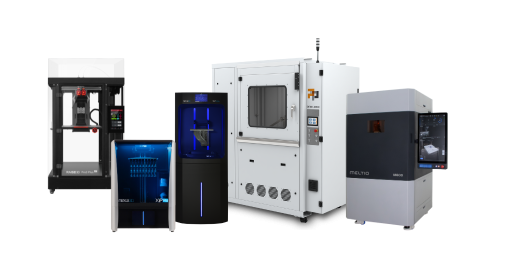
The digitalization of the manufacturing process in metal processing began in the early 1950s. The development of the first NC machine by John T. Parsons in cooperation with the Massachusetts Institute of Technology (MIT) laid the foundation for the transition from manual to automated, programmable control of machine processes.
The further development of CNC systems in the 1970s was another major leap forward in the rationalization of manufacturing. Now, machine processes could not only be automated, but also quickly changed and monitored remotely.
In the late 90s, metal additive manufacturing finally came onto the market and once again caused a rethink in production. Instead of manufacturing components subtractively, and thus with a lot of material waste and little design freedom, it was now possible to build components layer by layer, virtually out of nothing.
Due to the time sequence and the fact that the two manufacturing methods work in fundamentally opposite ways, additive manufacturing is still often seen as a competitor to subtractive manufacturing methods, and by some even as a complete replacement.
In this blog post, however, I would like to present a different perspective. I would like to compare the advantages and disadvantages of the two manufacturing processes and thus present a unique symbiosis that is made possible by combining additive and subtractive manufacturing.
In the case of subtractive manufacturing, I will focus specifically on CNC machines, while additive manufacturing will be represented by laser-based processes such as LMD (Laser Metal Deposition). If you already have extensive knowledge of both types of manufacturing, you can use the button below to jump directly to the areas of application of the symbiosis.
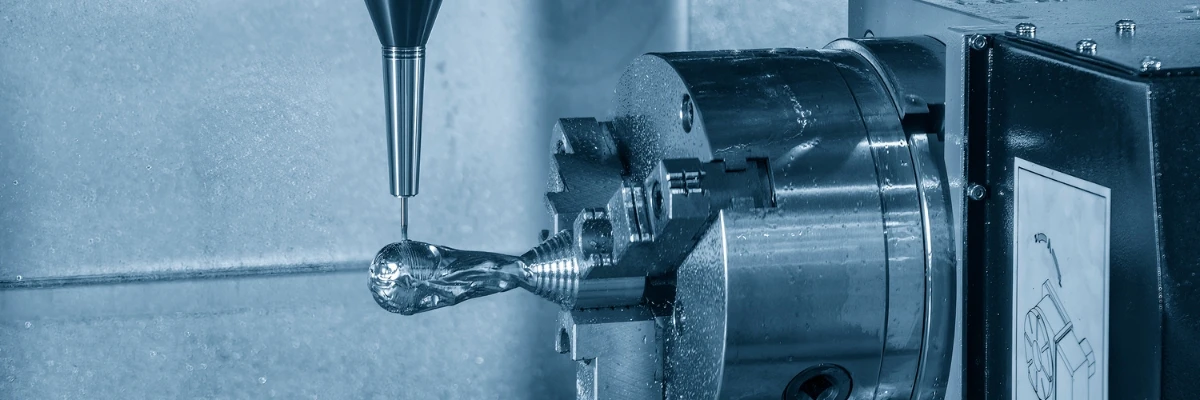
Subtractive manufacturing is closely linked to human evolution. Millions of years ago, primitive cultures such as the Oldowan or Lomekwi used stones and struck them against each other to create simple tools with sharp edges for hunting, and thus already used the basic principle of subtractive manufacturing.
This basic principle has been continuously developed by mankind throughout its existence, so that today we no longer strike stones together, but have programmable systems that can precisely shape and form metals without human intervention.

The fact that the advantages of this manufacturing method are manifold can be seen from the mere fact that it has survived all the changes in our history – from ancient times to the industrial revolution. Nevertheless, I would like to briefly explain the most important advantages here in order to later substantiate the symbiosis with additive manufacturing.
Surface quality
Subtractive manufacturing methods achieve outstanding surface quality of up to 0.1 Ra/µm when machining metal, completely without the use of extensive post-processing – and even the post-processing that could potentially be required can simply be integrated directly into CNC systems to minimize human effort.
Tight tolerances
When it comes to precision, whether for small or large components, subtractive manufacturing is unbeatable. Even with standard CNC machines, tolerances of ±0.1 mm are possible, and with machines specially designed for precision, tolerances of ±0.0025 mm can be achieved, which is of the utmost importance in demanding industries such as aerospace.
Scalability for serial production
When CNC machines took metal fabrication by storm in the 1970s, the capacity for more streamlined serial production was a particular boon for the industry. CNC machines combine a variety of customizable process steps in a single environment, making it easy to produce multiple parts at once.
Material diversity
Material restrictions are unheard of in subtractive manufacturing. Whether high-strength alloys, metal matrix composites (MMC), superalloys or reflective metals, CNC machines can easily process all of these materials and many more.
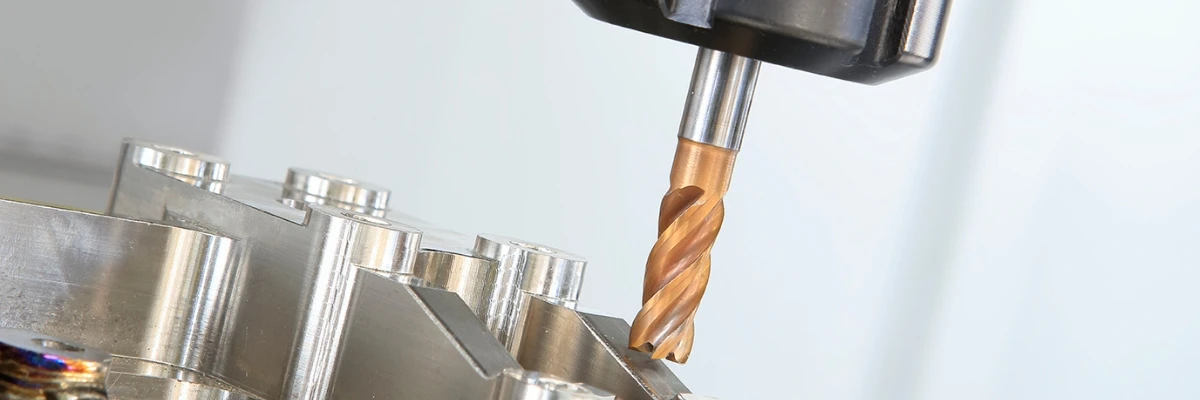
Unfortunately, as with everything in the world, subtractive manufacturing also has some disadvantages that limit the possibilities – and to give a complete picture, I will mention the most important ones here as well.
Material waste
One of the biggest disadvantages of subtractive manufacturing is the high rate of material waste. Even with very simple components, the rejection rate is often 50%, which can even increase to up to 90% for more complex components, which of course leads to significantly higher costs.
Customization
CNC systems are highly customizable, no question about it. However, every customization and the associated retooling and reprogramming is associated with a time and cost overhead, which makes small production runs or short-term changes economically very unprofitable.
Design restrictions
Although subtractive manufacturing excels at large components, fine details and series production, when it comes to very complex designs, CNC systems cannot implement them. Especially with internal structures, channels or serpentine geometries, CNC systems quickly reach their limits.

While subtractive manufacturing has accompanied humanity throughout its evolution, additive manufacturing only came to light in the early 1980s. Dr. Hideo Kodama of the Nagoya Municipal Industrial Research Institute in Japan applied for the first patent for an additive manufacturing process in 1980, but his project was to fail due to a lack of funding.
In 1986, Chuck Hull finally applied for his patent for stereolithography, which was commercialized for the first time in 1988. A series of developments and new technologies followed, until metal processing also became possible using additive methods in the mid-1990s – thanks in particular to the achievements of the Fraunhofer Institute ILT in Aachen and the Swedish company Arcam.
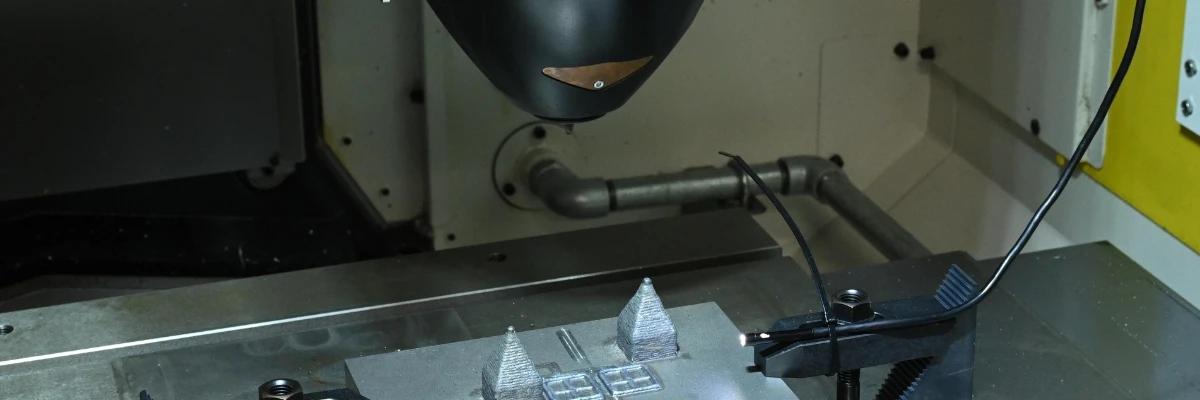
Within the 30 years since its initial development, a great deal of progress has been made in metal 3D printing. As a result, the use of metal additive manufacturing has steadily expanded – and I will now explain the main reasons for this expansion.
Resource-efficient manufacturing
Metals can be costly, I probably don't need to explain that to anyone. So, for metalworking companies, it's essential to make manufacturing as resource-efficient as possible – and AM is ideal for this. Due to the layer-by-layer build, only very small amounts of metal powder or wire are wasted, resulting in an average scrap rate of just 5%.
Freedom of design
Another unique advantage of metal additive manufacturing is the unlimited design freedom. Engineers and users can implement their ideas as they wish, without having to worry about whether the system can map the respective geometry. Internal honeycomb structures, complex shapes, fine details – with additive manufacturing, anything can be implemented quickly and easily.
Customization
Tool-free production also means that the customization possibilities of 3D printing are endless. The only “retrofitting” that may be required to create completely different components is a change of material – and depending on the system, this can be done in a few seconds to a few minutes. This means that it is possible to switch quickly between projects and also to adapt rapidly to changing trends.
Lightweight components
The final advantage is closely related to the freedom of design, but in the field of metal processing it must undoubtedly be mentioned separately. Thanks to the possibility of implementing topology optimizations without design restrictions, components can be created for industries such as the aerospace or automotive industry that are very lightweight – without affecting mechanical performance and strength.
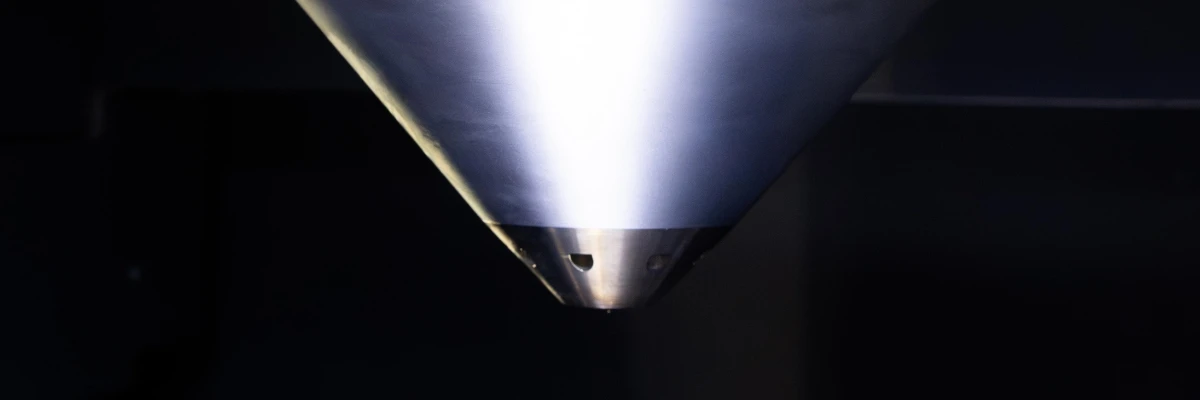
If additive manufacturing were completely free of disadvantages, it would probably be the standard in every industry by now. I will explain why this is not yet the case on the basis of the following disadvantages.
Post-processing effort
While printing itself is now very fast in additive manufacturing, 3D-printed components always have to undergo at least one, if not several, post-processing steps, such as support removal or cleaning. Although this post-processing can now be highly automated, it still takes time and costs money.
Surface quality
In the field of plastic 3D printing, outstanding surface qualities are now possible, especially with processes such as SLA or PolyJet™. However, when it comes to metal 3D printing, the surface quality still lags behind that of subtractive manufacturing methods. In particular, the “staircase effect” that occurs at steep angles, where the surface is not completely smooth due to the layered structure, but has a staircase-like structure, can severely impair surface quality. This effect can be removed with post-processing – but as mentioned earlier, this always involves time and costs.
Material restrictions
The range of materials available for metal additive manufacturing has expanded enormously in recent years and will continue to do so in the future. However, some widely used materials are still not easily processable by 3D printing – especially reflective metals such as bronze and copper can cause difficulties for 3D printers that usually work with lasers.
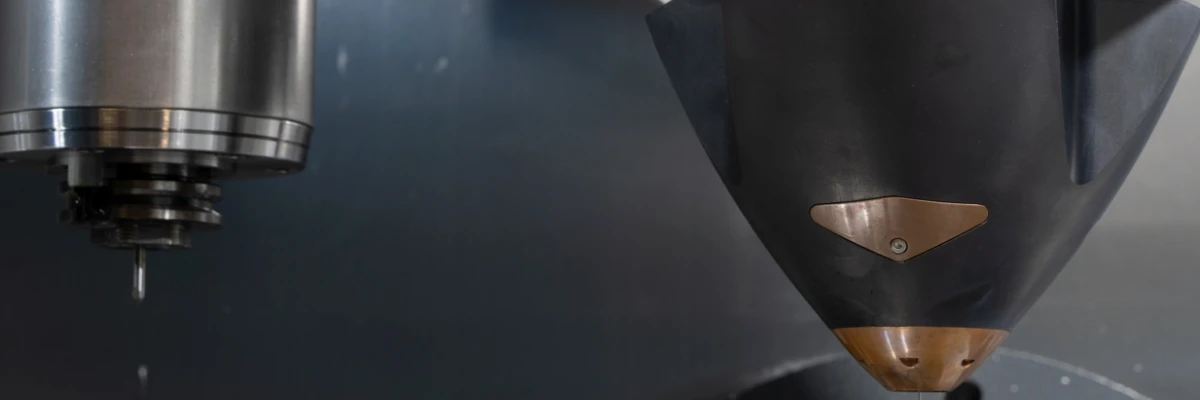
As can be seen from the list of advantages and disadvantages, the two manufacturing methods complement each other almost perfectly. CNC excels in large series with simpler structures, while additive manufacturing is ideal for individual pieces and small series with complex geometries. CNC offers excellent surfaces but causes a lot of material waste, while additive manufacturing excels at waste but has to compromise on surface quality.
In my opinion, these two processes should by no means be seen as competing with or replacing each other – rather, they complement each other perfectly to compensate for each other's disadvantages without minimizing their own advantages.
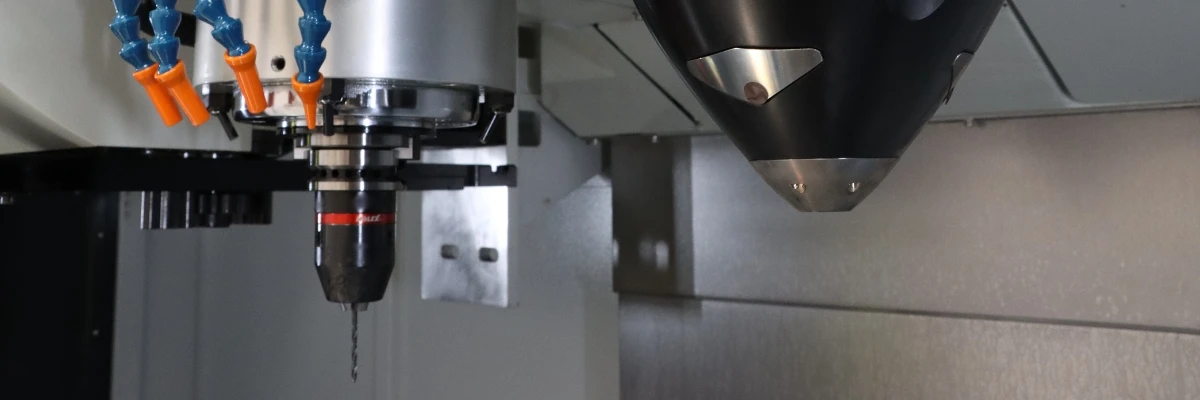
In the final section of this blog post, we will discuss what a hybrid approach to metal manufacturing looks like, the various ways it can be used, and how it can be applied at different stages of the product development cycle.

Prototyping
When additive manufacturing was first developed, it was intended primarily as a tool for rapid prototyping, and this was still the case when it came to plastics. Despite the advanced possibilities that are now possible with 3D printing, rapid prototyping remains an ideal application for it – and also for hybrid metal manufacturing.
3D printing is the ideal starting point for rapid prototyping. It allows the first design and functional prototypes to be printed very quickly, with only the digital model and, if necessary, the material having to be changed for adjustments.
As soon as the first validation process has been completed using the 3D-printed prototype, the CNC system can now be used. This can be used to improve surface finishes, refine contours and precisely add mechanical features such as small threaded inserts.
The now completed prototype is then, of course, put through its paces again. Ideally, it will pass all functional tests, but even if it doesn't, customization is easier and faster than ever before thanks to 3D printing.
In the field of prototyping, hybrid manufacturing particularly benefits from the accelerated iteration cycles made possible by 3D printing, which eliminates the lengthy changeover times that can occur with CNC systems. This means that the prototyping process can be massively accelerated, enabling changes in market or demand behavior to be implemented much more quickly.
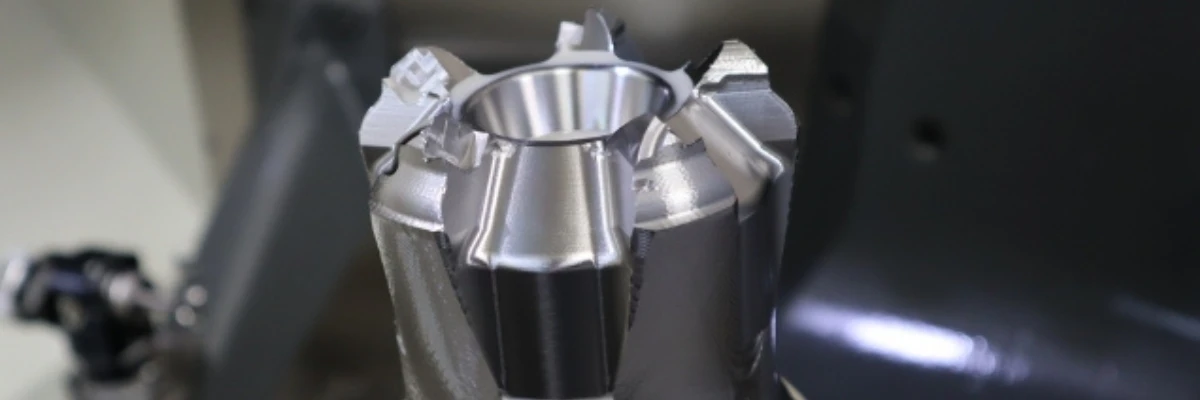
Complex end-use parts
Whether it's the aerospace or automotive industry, motor sports, medical technology or many other sectors, many components are becoming ever more complex as a result of the need for greater energy efficiency, comfort or performance, for example. Hybrid manufacturing helps to map this increasing complexity without having to compromise on other properties.
Here, too, 3D printing is the starting point. It can be used to completely manufacture the base of the component with all possible complex structures and geometries, both inside and out. If complex structures are only needed on the inside, for example cooling channels, the outer area can simply be printed as a block, which is then completely machined by the CNC system.
Whether the component has only internal, only external or both types of complex structures, the CNC machine usually performs a similar step to prototyping – namely the final touches to the surface, contours and, if necessary, the addition of mechanical features.
For complex end-use parts, the advantage of 3D printing, offering unlimited design freedom, is directly combined with the outstanding surface quality and precision of subtractive manufacturing. This makes it possible to implement unique designs that, for example, help to make components lighter or increase comfort.

Repairs
In many metalworking industries, downtime is associated with horrendous costs. Particularly in sectors such as aviation or motor sports, rapid response times are required when a component has been damaged – and with hybrid manufacturing, this question can be answered without a doubt.
Which of the two manufacturing methods is used first depends on the damage. For damage caused by deformation, abrasion and wear, the CNC system is used first so that the affected area can be brought to a uniform, machinable level by milling or grinding.
The 3D printer then takes care of the matter and begins to print the missing structure precisely and directly on the respective area. Once this process is complete, the component is clamped once more in the CNC system to improve the surface and contours if necessary.
For smaller damages such as cracks or breaks, 3D printing begins by introducing material into the affected areas. The CNC machine is then used once more to finalize the surface and contours – although, depending on the extent of the damage, the 3D printing alone may be sufficient.
The contrasting nature of the two manufacturing processes is ideal for making repairs quickly and cost-effectively. Hardly any manual effort, low material wear, high speed – all these advantages are made possible when making repairs using hybrid manufacturing.
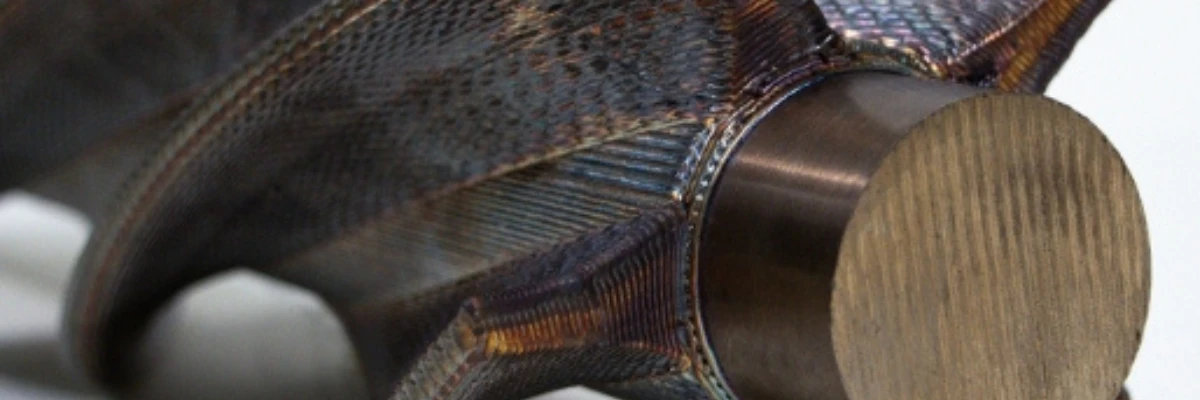
Surface coatings
Surface coatings are essential in high-performance applications. Among other things, they can be used to manufacture components in which cost-intensive high-performance materials are only used where they are actually needed. Of course, older components can also be equipped with a new, higher-performance surface.
There are a variety of different processes for surface coatings, but most of them are either very expensive or very laborious. Due to the high safety requirements, certain processes often have to be outsourced, which results in further costs and potentially also supply chain difficulties – but with the help of hybrid manufacturing, precise coatings can be applied easily, cost-effectively and in-house.
3D printing is once again leading the way here by applying the respective material layer by layer to the respective component. By using technologies such as LMD (Laser Metal Deposition), in which a molten pool is created for application and bonding, a completely dense new surface is created from the new material, which is in no way inferior to other conventional processes.
The CNC machine once again takes on the role of the final polish to optimize the fresh surface and thus improve both appearance and performance.
In this case, the symbiosis of additive and subtractive manufacturing is very similar to that of the repair. Due to the contrasting nature of the manufacturing process, these two manufacturing methods ideally complement each other to simplify the process of surface coatings.
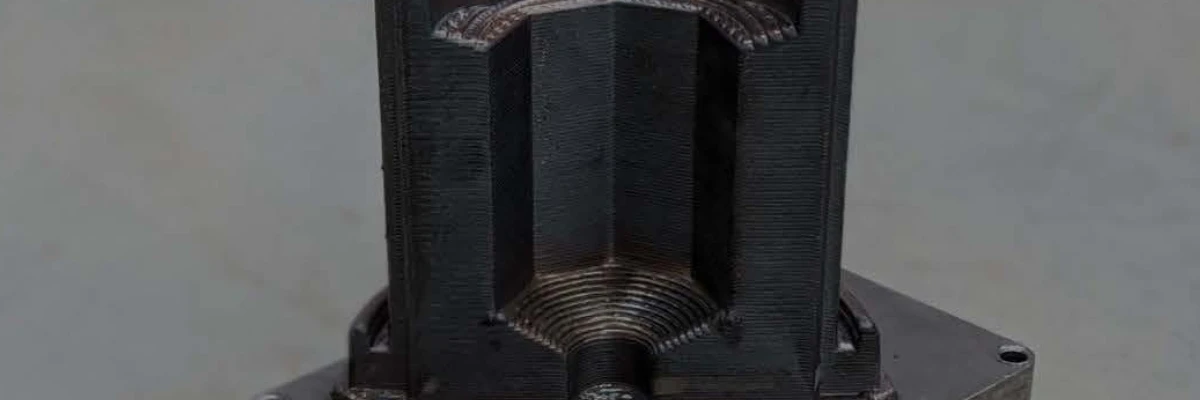
Tool and mold making
Last but not least, tool and mold making must be mentioned as a beneficiary of a hybrid manufacturing approach. Particularly when it comes to molds with cooling channels or injection molds for complex geometries, subtractive manufacturing alone can only achieve the desired result with a great deal of effort – hybrid manufacturing, on the other hand, makes it easier than ever before.
Additive manufacturing with metal begins with the production of the mold. Once again, freedom of design plays an essential role, but the ability to process several materials simultaneously, which some metal 3D printers have, can also be used to improve results.
Once the tool or mold has been printed, the CNC process step involves precision work. Tools and molds always require the tightest tolerances, and the CNC machine can be used to improve the 3D-printed component by, for example, processing parting lines and core-cavity interfaces.
The result is exceptional tools and molds that can impress with conformal cooling channels, complex cavities, internal patterns, multi-material capability and much more.
This application in particular exploits the advantages of both manufacturing methods – the design freedom of 3D printing and the precision of CNC systems – to the full. Hybrid manufacturing thus makes possible what was previously impossible, without incurring horrendous costs.
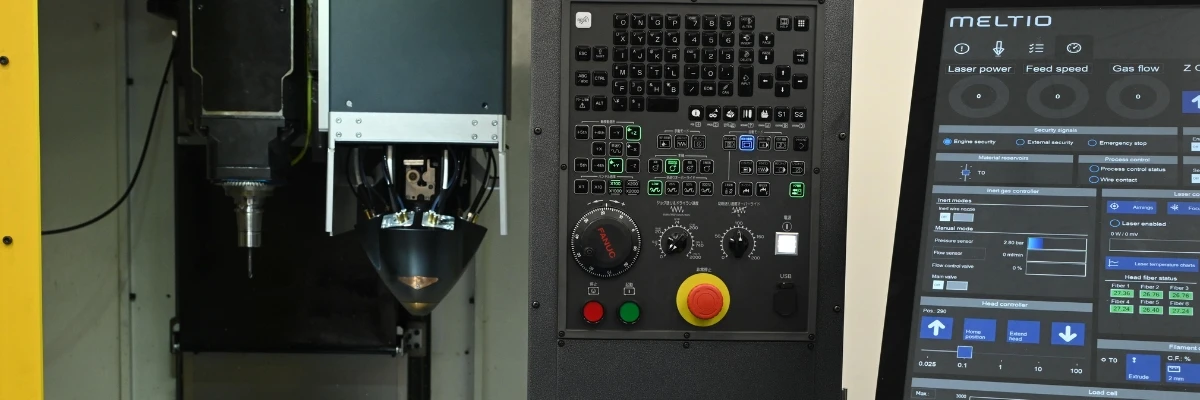
The hybrid manufacturing applications I have mentioned are just the tip of the iceberg. There are dozens more, more specific applications in which the combination of additive and subtractive manufacturing enables peak performance.
I hope I was able to show with this blog post that additive and subtractive manufacturing are by no means just competing against each other, but can also work together ideally to combine the advantages of both sides.
Our solution for hybrid manufacturing comes from the Spanish company Meltio with its Engine CNC Integration. This makes it easy to integrate a print head into an existing CNC system, offering a cost-effective way to seamlessly transition to hybrid manufacturing.
Thank you for reading – and see you in the next blog post!
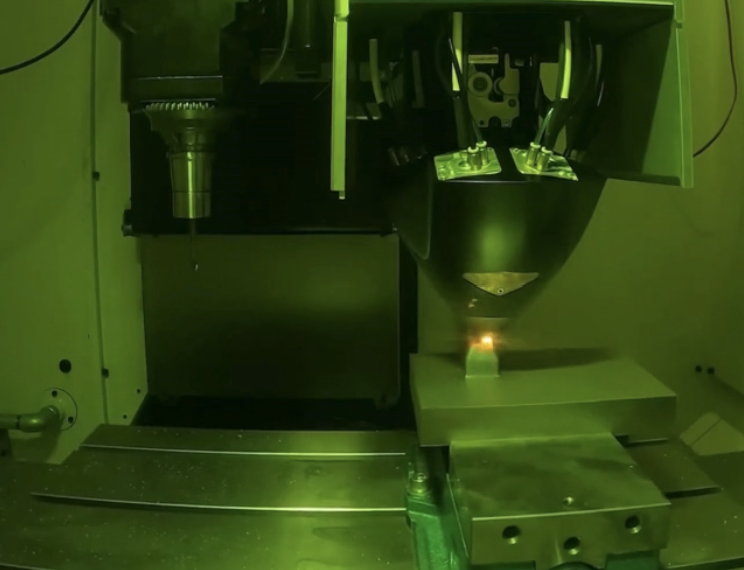
Everything about the Meltio CNC Engine Integration
Meltio Engine CNC Integration